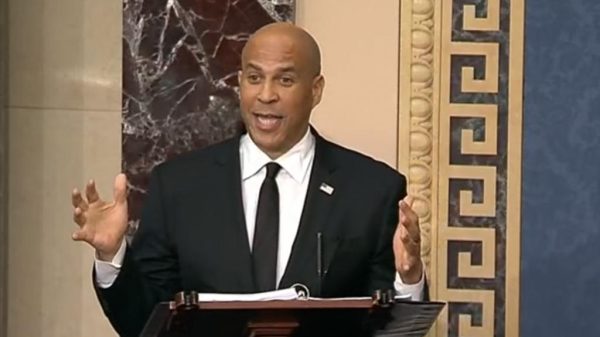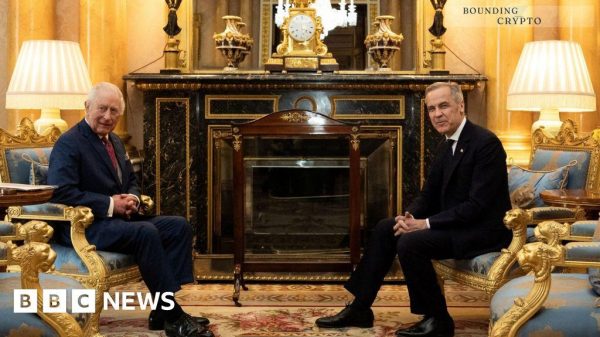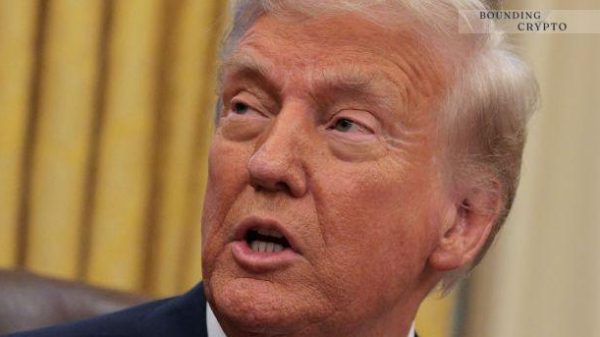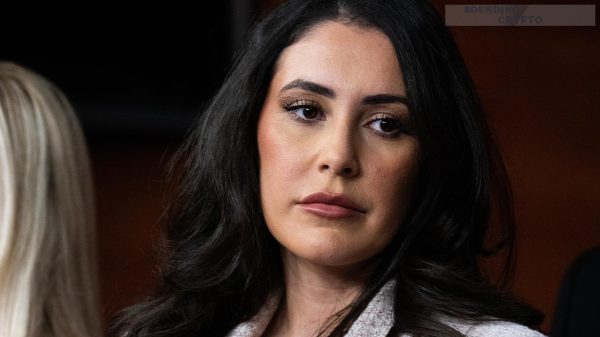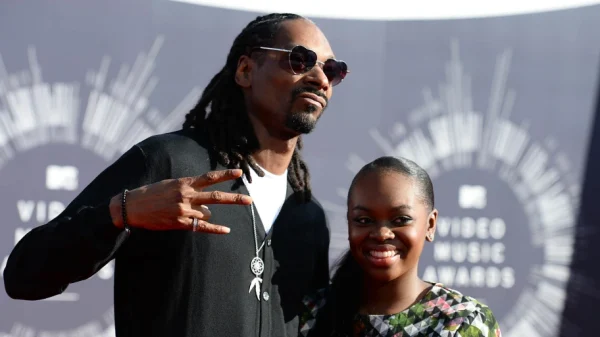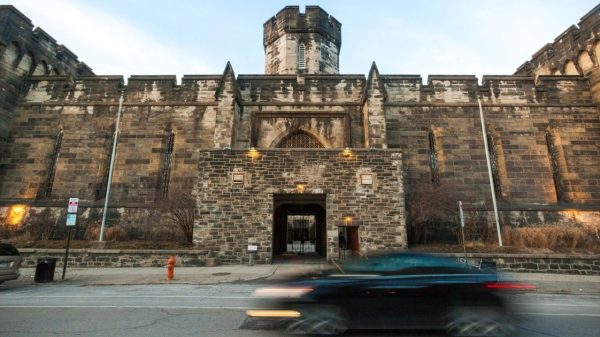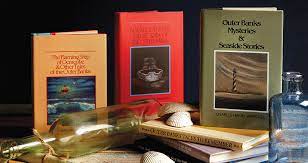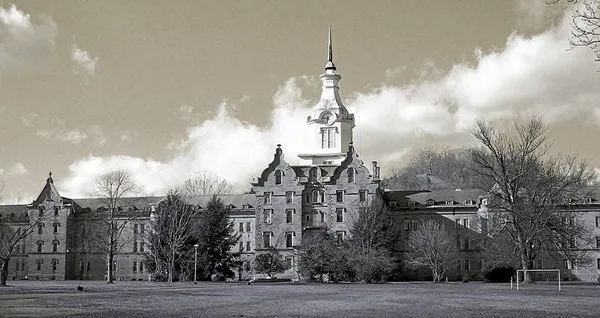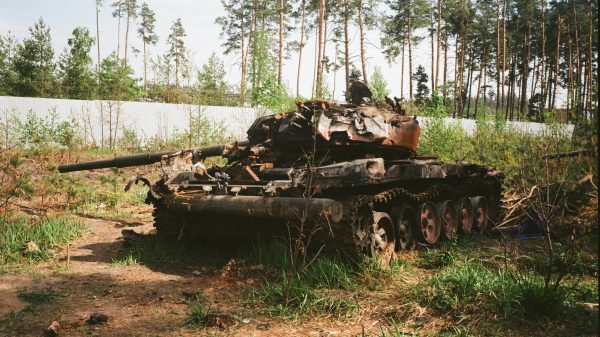Rare coins hold a timeless allure, combining history, art, and immense value in small, gleaming packages. These tiny treasures have fetched jaw-dropping sums at auctions, captivating collectors, investors, and even casual enthusiasts. This article explores 11 rare coins that sold for over $1 million, why they’re valuable, and whether you might unknowingly possess a fortune in your pocket. Each coin’s story is a testament to human history and the enduring value of craftsmanship.
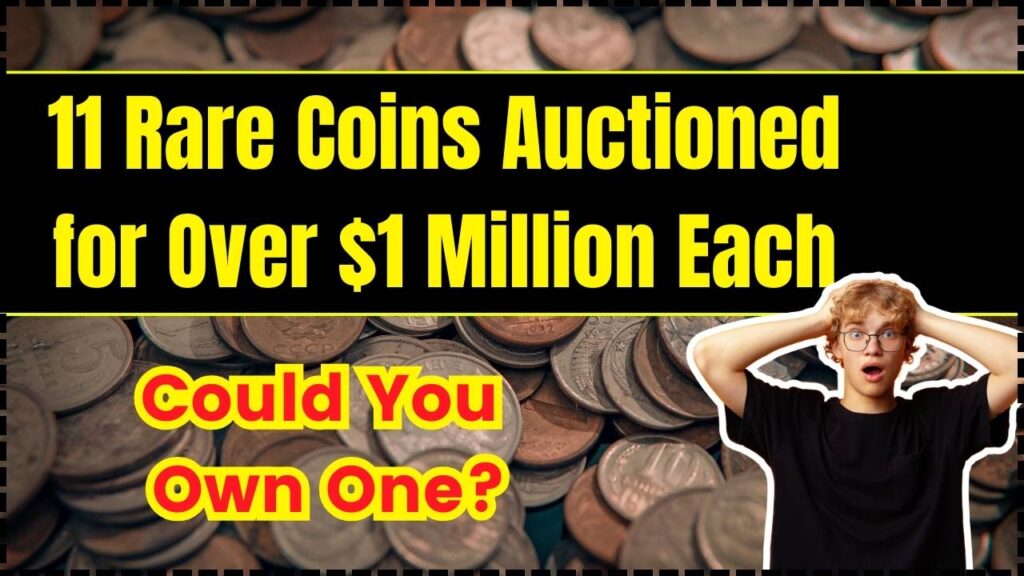
11 Rare Coins Auctioned for Over $1 Million Each:
| Aspect | Details |
|---|---|
| Top-selling coin | 1933 Double Eagle sold for $18.9 million |
| Rare coin characteristics | Limited mintage, historical significance, pristine condition |
| Notable examples | 1913 Liberty Nickel, 1804 Silver Dollar, 1894-S Barber Dime |
| Auction houses | Sotheby’s, Heritage Auctions |
| Practical advice | Always appraise inherited coins; consult numismatic experts |
| Learn more | Visit the Professional Coin Grading Service for official appraisals and resources. |
Rare coins are more than just collectibles; they’re tangible pieces of history that can hold immense financial value. Whether you’re an avid collector or someone who stumbled upon a potential treasure, understanding what makes a coin valuable is the first step to unlocking its worth. With the right knowledge and resources, you might just uncover a million-dollar masterpiece hidden in plain sight.
What Makes a Coin Worth Millions?
Not all coins are created equal. A combination of scarcity, historical importance, condition, and market demand determines a coin’s value. Coins with limited minting runs, errors during production, or unique backstories can be highly sought after by collectors.
For example, the 1933 Double Eagle, a U.S. $20 gold coin, became a symbol of the transition away from the gold standard. Only a few legally exist today, and one sold for a staggering $18.9 million in 2021. This astounding price highlights how collectors value not just rarity but also the coin’s connection to a pivotal moment in economic history.
Beyond rarity, pristine condition plays a significant role. Coins graded as “mint state” or “proof” are more valuable than those showing signs of wear. Even minor scratches or tarnishing can affect their worth. Historical context also drives demand—coins linked to significant events, like early American independence or royal transitions, often fetch premium prices.
11 Rare Coins That Sold for Over $1 Million
1. 1933 Double Eagle
- Value: $18.9 million (2021)
- Why It’s Special: The U.S. government ordered the destruction of these coins, but a few escaped. Their rarity and connection to the gold standard make them legendary.
- Notable Sale: Sotheby’s auctioned the most famous specimen, breaking records and sparking global interest in numismatics.
2. 1913 Liberty Head Nickel
- Value: $3.7 million (2010)
- Why It’s Special: Only five exist, minted without authorization. Their mysterious origins fascinate collectors.
- Interesting Fact: The Liberty Head Nickel’s allure lies in its unauthorized minting, making it a symbol of intrigue and exclusivity.
3. 1787 Brasher Doubloon
- Value: $9.36 million (2021)
- Why It’s Special: Privately minted by goldsmith Ephraim Brasher, these coins are linked to early U.S. history.
- Historical Note: Brasher’s initials (EB) stamped on the coin emphasize its handcrafted, artisanal quality.
4. 1804 Draped Bust Silver Dollar (Class I)
- Value: $7.68 million (2021)
- Why It’s Special: Known as the “King of American Coins,” these were not minted in 1804 but in the 1830s as diplomatic gifts.
- Historical Context: These coins symbolize the United States’ diplomatic ambitions in the 19th century.
5. 1894-S Barber Dime
- Value: $1.32 million (2007)
- Why It’s Special: Only 24 were minted, and just nine are known to exist today.
- Curious Origin: Rumor has it these dimes were struck as gifts for influential bankers.
6. 1907 Extremely High Relief Double Eagle $20 (Proof)
- Value: $3.6 million
- Why It’s Special: A masterpiece of design by Augustus Saint-Gaudens, with only a few specimens.
- Design Marvel: The high-relief design posed production challenges, making these coins unique.
7. 1792 Birch Cent
- Value: $2.6 million (2015)
- Why It’s Special: An experimental coin tied to the founding of the U.S. Mint.
- Historical Insight: Named after engraver Robert Birch, it reflects the early struggles of establishing American coinage.
8. 1870-S Seated Liberty Dollar
- Value: $1.3 million (2003)
- Why It’s Special: Extremely rare, with fewer than 10 known.
- Production Mystery: The San Francisco Mint’s records don’t fully explain its limited mintage.
9. 1804 Gold Eagle
- Value: $5.28 million (2020)
- Why It’s Special: Minted in the 1830s, these coins are historic anomalies.
- Auction Appeal: Collectors are drawn to its rarity and connection to early U.S. gold coinage.
10. Edward VIII Sovereign
- Value: £1 million (2020)
- Why It’s Special: Struck during Edward VIII’s short reign, making it exceedingly rare.
- Royal Significance: This coin’s rarity stems from the abdication crisis of 1936.
11. Saddle Ridge Hoard Coins
- Value: $1 million (for an 1866-S No Motto Double Eagle)
- Why It’s Special: Part of a buried treasure discovered in 2013.
- Unique Story: A couple unearthed over 1,400 gold coins, creating a media frenzy.
Could You Own One?
While finding a million-dollar coin in your change is rare, it’s not impossible. Many valuable coins have surfaced unexpectedly, often through inheritances or hidden collections. To determine if you have a treasure:
1. Check the Date and Mint Mark
Look for coins with unusual dates or mint marks. For example, an “S” mint mark on an 1894 Barber Dime indicates San Francisco production, where the rarest specimens were struck. Errors, such as double strikes, can also enhance value.
2. Examine the Condition
Coins in “mint state” (uncirculated) condition fetch higher prices. Even minor scratches can significantly reduce value. Proof coins, struck for collectors, often display mirror-like finishes that enhance their appeal.
3. Research the Coin’s History
Consult numismatic guides or online databases, such as PCGS, to identify potential rarities. Historical records or family anecdotes might provide clues about a coin’s origin.
4. Get a Professional Appraisal
Reputable grading services like PCGS or NGC can authenticate and grade coins, giving an accurate estimate of their worth. Certification ensures credibility when selling.
5. Secure Your Collection
Invest in proper storage to preserve your coins. Use acid-free holders, capsules, or albums, and store them in a climate-controlled environment to prevent tarnishing or damage.
8 Rare and Valuable European Coins – Check Your Pocket for These Hidden Gems!
These 1970’s 5 High Value Coins are Worth More Than $10,000! Check If you have it
Student Loan Forgiveness: How to apply for Student Loan Forgiveness Program in the USA
Frequently Asked Questions (FAQs)
Q1. What should I do if I think I have a rare coin?
Start by researching its date, mint mark, and condition. Then, consult a professional appraiser or grading service for verification. Avoid cleaning the coin, as this can reduce its value.
Q2. Are all old coins valuable?
Not necessarily. Many old coins were minted in large quantities and hold only modest value. Rarity, condition, and historical significance are key factors.
Q3. How can I safely store valuable coins?
Use acid-free holders or coin capsules and store them in a climate-controlled environment. Avoid handling coins with bare hands; use gloves to prevent oils from damaging the surface.
Q4. Where can I sell rare coins?
Auction houses, numismatic dealers, and online platforms like Heritage Auctions are good options. Ensure your coins are graded for better pricing.
Q5. Can modern coins become valuable?
Yes, coins with minting errors, low production runs, or unique designs can gain value over time. Keep an eye on commemorative or limited-edition releases.









